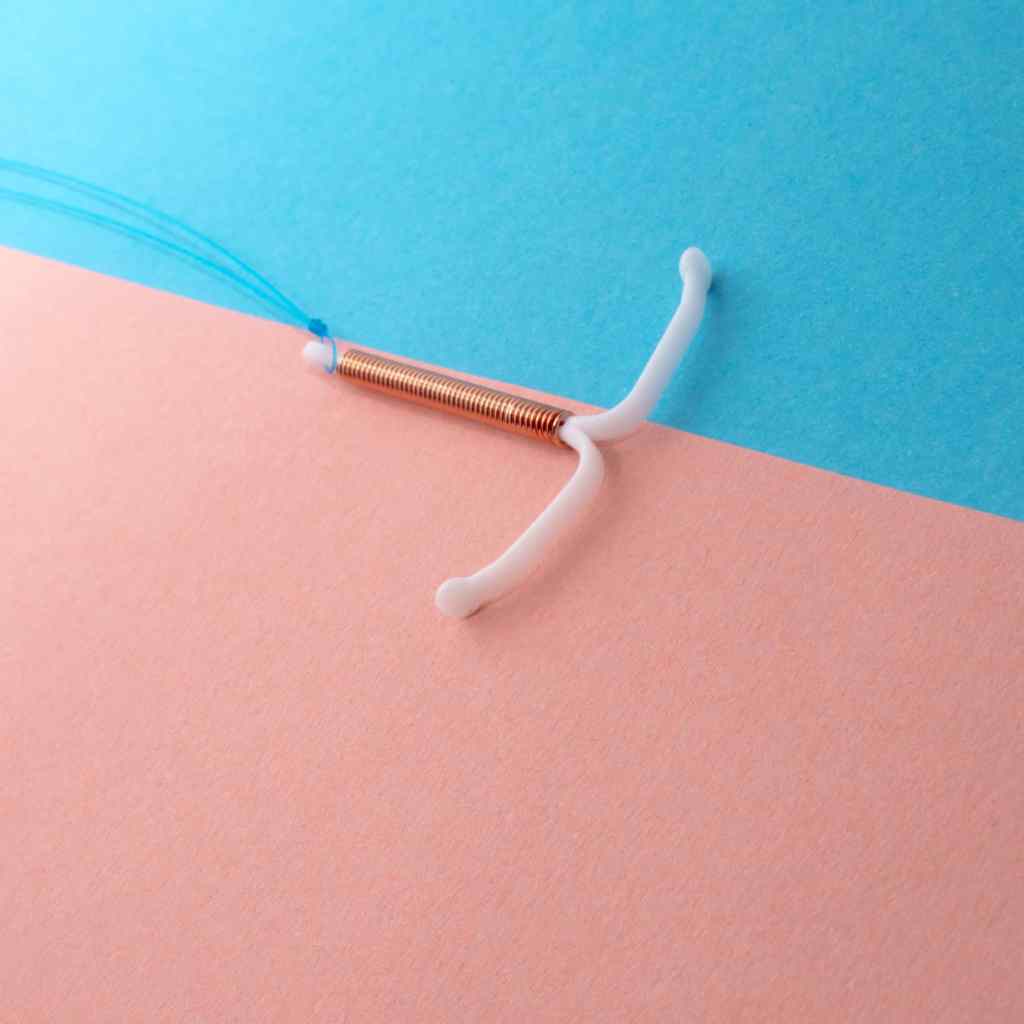Editor’s Note: We at POPSUGAR recognise that people of many genders and identities, including but not limited to women, may or may not have female sex organs such as uteruses or vaginas. For this particular story, we interviewed experts who generally referred to people with vaginas and uteruses as women.
There are many reasons to consider getting an intrauterine device (IUD). Side effects from this form of birth control are rare, and “the failure rate for the IUD is less than one percent,” says Megan Gray, MD, a board-certified ob-gyn with Orlando Health – in part because it doesn’t require someone to consistently take a pill every day. If that weren’t enough of a selling point, “the process to get an IUD takes about five minutes,” Dr Gray tells POPSUGAR. But how exactly does an IUD work, and what should you know before getting one? We asked the experts.
What Is an IUD, and How Does It Work?
An IUD is a T-shaped device that’s inserted through the cervix and into the uterus, where it works to prevent pregnancy. “There are two types of IUDs available in the US. One contains a hormone and the other contains copper,” Rose Chang-Jackson, MD, a board-certified ob-gyn at Austin Regional Clinic in Austin, TX, tells POPSUGAR. Both types work the same way to prevent pregnancy, though their mechanisms are different from other forms of birth control. For example, the pill typically prevents ovulation. The IUD doesn’t do that, but it still keeps the egg from being fertilised.
“An IUD is recognized as a foreign object by our bodies and causes a change in the environment of the uterus that is inhospitable to sperm, preventing them from reaching the fallopian tubes to fertilise an egg,” Dr Gray explains. To put it in very plain terms, “the environment goes from a warm day at the beach to scaling Mt. Everest in an avalanche.” To further complicate things for sperm, hormonal IUDs like Mirena and Skyla contain progesterone, which changes the cervical mucous so that sperm cannot travel through the cervix and into the uterus, Dr Gray says.
Who Is a Good Candidate For an IUD?
The short answer? Almost anyone. “You can get an IUD even if you have never been pregnant or had a vaginal delivery,” Dr Gray says. However, there are some cases when an alternate form of birth control is recommended. “Women with fibroids are not the most ideal candidates for an IUD,” Dr Gray tells POPSUGAR. Anyone with a history of abdominal bleeding should be examined first, and of course, if you have a copper allergy, you’ll want to avoid choosing a copper IUD. Additionally, “anyone with an active sexually-transmitted infection, bacterial vaginosis, acute cervicitis, or endometritis should wait until the infection is fully treated before IUD placement,” Dr Gray says.
Is IUD Insertion Painful?
The procedure can be quite painful, but that isn’t always the case. “Pain perception and tolerance is different among individuals. IUD insertion can range from extremely painful for some people to barely perceptible for others,” Dr Gray explains. “Typically, people will feel discomfort or pain with touching the cervix, dilating the cervix, and passing instruments through the cervix into the uterus. The pain can make some people feel nauseous or even pass out. It can range from sharp pain, period cramping, or like a ‘gut punch.'” For others, it may feel more similar to a pap smear.
The camp you fall into may depend on your medical history. “People who have had prior vaginal deliveries in my experience tend to tolerate IUD insertion without significant pain,” Dr Gray says. “People who have never been pregnant or who have had surgeries on their cervix tend to experience more significant pain.”
IUD insertion is typically scheduled when you’re on your period, “because the cervix is slightly open and likelihood of an early pregnancy at the time of placement is almost non-existent,” Dr Gray notes. While you won’t be placed under anaesthesia, you should talk to your doctor about other pain management options, which according to Dr Gray, can range from ibuprofen to other oral medications that can help you feel more relaxed and comfortable during the procedure. “I often will add a medicine called misoprostol the morning of the procedure to help soften the cervix to make it easier to dilate the cervix to place the IUD,” she says.
Do IUDs Have Any Side Effects?
“Side effects include changes in menstrual flow and cramping for the first couple of months,” Dr Chang-Jackson tells POPSUGAR. “There are rare instances when an IUD can be dislodged or migrate. If this happens, it may be less effective as a contraceptive device and will need to be removed and replaced. Pelvic inflammatory disease (PID) has also been linked to IUD use. But the risk is very low following the first three weeks after insertion.”
How Long Does an IUD Last?
“It depends on the IUD,” Dr Gray says. A copper IUD can last up to 10 years, while hormonal IUDs vary from three to five years. You’ll want to talk to your doctor if you have any concerns about your IUD placement at any point, and Dr Gray recommends seeing your gynaecologist about four weeks post-insertion to make sure it hasn’t moved.
Finally, “it is very important to understand that IUDs protect against pregnancy but not against sexually transmitted infections (STIs),” Dr Chang-Jackson adds. So, while you’ll be protected from pregnancy as long as you have the IUD, you should use a barrier method, such as a condom, to prevent STIs.

